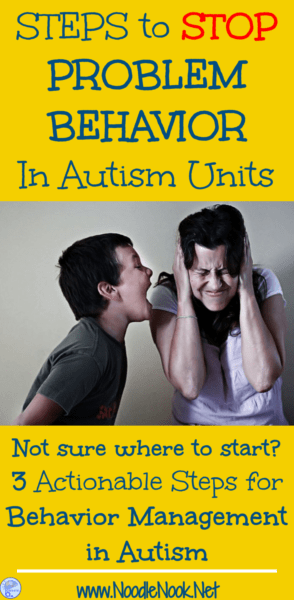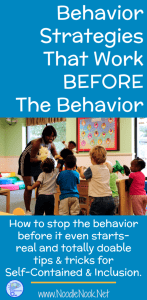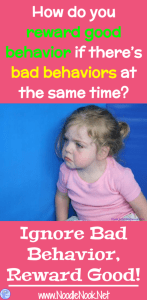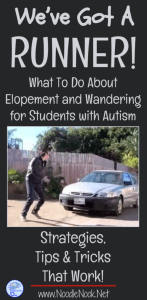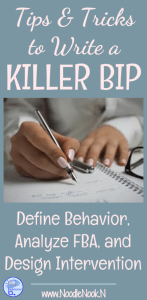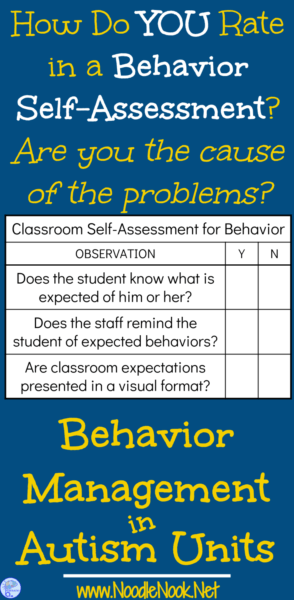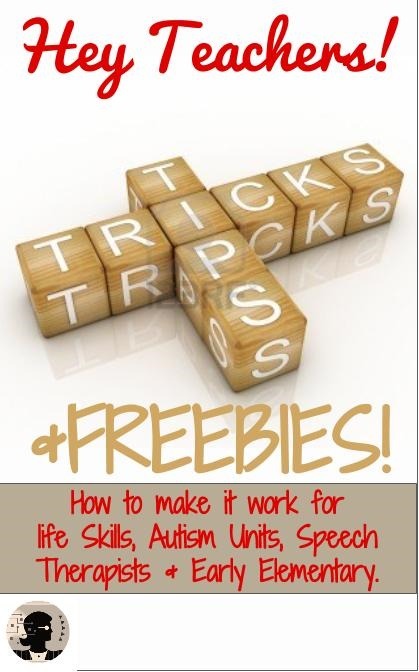So things are going well, and then they aren’t.
When you have students with behaviors in the classroom it can set off everything and everybody.
It gets out of control, FAST!
We have already shared with you several methods to address behavior before it happens (Read This Article). And also how you can write better behavior plans (Read This Article). But what do you do right now to make change?
Well… bad news first. You will not cure the behavior in one day or by doing one thing. Even if you can deter the behavior for a little while, if you don’t address the behavior appropriately it WILL come back. Or get worse. Yikes!
So what can you do to make real change and make things better for your target student? How can you get back on track?
Step 1 in Autism Behavior Management: DATA
This first step is easy. You have to get some data. If you are paralyzed with the how or confused by the why, start with taking some data.
In order to do anything, you need some clean cut information about what is happening, when and how much. You can start with a basic frequency data sheet. This is probably the least difficult way to start with data and will help you figure out
You can get this FREE interval data sheet HERE that comes with directions for use and also analyzing the data. It is part of the larger Behavior Analysis Data Sheets & Guides Product available in the NoodleNook Store. If you feel like the interval is not enough, these may help… but start with the interval. It’s a great place to begin.
Why do we need the data? Well, that is part of step 2.
Step 2 in Autism Behavior Management: Function
So now you have some idea as to what is happening, when it’s happening, and how bad it really is… now we can start to think about WHY.
I go on consults all the time in classrooms where teachers say a student’s bad behavior is happening for no reason. Well, that is just not true. There is a reason, you just don’t know what it is. Once the data is collected, the reasons can sometimes become really clear.
Is the behavior always in the morning, or is it always around lunchtime? That can help guide you. Is a particular person targeted or is it usually self-injurious? Is it all day, or just a certain time of day? All these will give you clues and help you develop a better plan to address the behavior.
I suggest you read this article about Function of Behavior for more insight, but the long and short of it is: You must know the function to change the behavior.
Okay. With the function in hand, you can develop a Behavior Plan including an appropriate reinforcer, replacement behaviors, and strategies to teach the student.
Are you more of a visual person? Need a worksheet to think on? We got you! Get this Google Doc you can edit or print (CLICK HERE). Getting these anecdotal notes will help with the determining the function.
Step 3 in Autism Behavior Management: Self-Reflection
Okay. So now it is time for the hard conversation.
We have to talk.
It’s not you. It’s me. Wait. It’s you.
I know. Harsh, but the truth is sometimes it really IS us! Take a second to think about what part you play in the behavior. Or the effect your support staff’s having on behavior. Or the impact your classroom routines and procedures are having.
Okay. Hard conversation. But here is a quick self reflection you can do to see how you are doing with your instruction to decide what impact you may be having on behavior. (CLICK HERE)
There are probably one or two routines and procedures you can tweak in the classroom to make things better for your students and improve behavior. And most of what is addressed on the self reflection are great things to improve upon for any teacher- they make your classroom more dynamic and also Autism friendly. Truth be told, they work for any teacher, not just teachers in special education classroom.
So What Now?
There are several articles on this blog that address behavior. Here are a few that may help you.
Still need more? Be sure to subscribe. We send monthly newsletters with free teaching materials and also weekly blogs addressing the issues that concern you most.
You Rock. Don’t Give Up and Teach On!
HEY! Get social with us! Follow us on Pinterest, Instagram, Facebook, Twitter, YouTube or iTunes!


